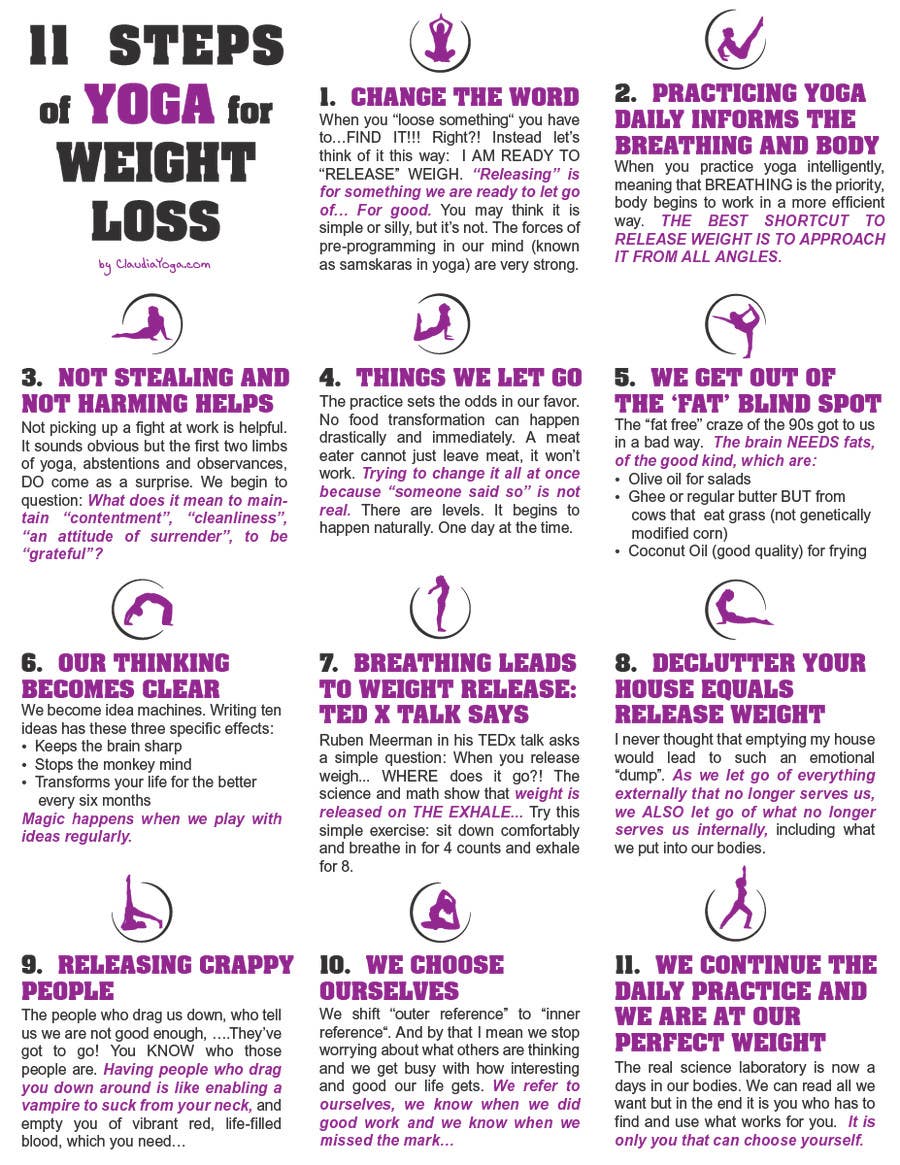Cold Laser Therapy Process For Smoking Cessation
Cold Laser Therapy Process For Smoking Cessation
Blog Article
What to Expect During a Cold Laser Technique Session
Cold laser therapy is a non-invasive, pain-free therapy that helps in reducing swelling and increases cell regeneration. It is a safe alternative to intrusive treatments and frequently has immediate results.
Laser photons initiate a domino effect of chain reactions within the cell that minimize pain, swelling, and accelerate recovery. It enhances blood circulation to the location by causing vasodilation.
What to Expect
Cold laser treatment is a non-invasive treatment that uses low-level laser light to pass through deep right into injured cells, causing cell function on multiple degrees to promote cells recovery. This helps reduce discomfort and inflammation, while advertising muscle contractions and regrowth.
Throughout a session, you'll sit or rest comfortably and the professional will note the locations on your body that need to be treated. The expert then uses a tiny handheld tool with the laser to the area. Throughout the therapy, you may really feel a mild tingling or heat in the location of your injury.
Prior to beginning therapy, it's important to clean up the location of your injury and remove any kind of jewelry or various other things that could obstruct of the laser's course. It's also vital to prevent any flammable products that could be in the area of the laser light beam. This will guarantee your safety and the performance of the treatment.
Prep work
Cold laser treatment works by beaming light on the surface of your skin. The light is taken in by the top layer of your skin and then boosts the cells to create energy that promotes recovery.
During the therapy, you might feel a warm or prickling sensation in the area that is being dealt with. This is completely typical, though you need to allow the practitioner understand if the laser for quitting smoking near me sensation is uneasy or also strong.
This treatment has a lot of assurance for helping people with terrible brain injury (TBI). The treatment is non-invasive and does not have any unfavorable negative effects. Nevertheless, even more research study is required to determine the ideal treatment procedure. The very best method to learn if you are a candidate for this sort of treatment is to speak with a qualified physiotherapist. They will certainly have the ability to aid you establish if cold laser treatment is right for you.
The Therapy
As soon as the practitioner has properly positioned you for treatment, they will then put the chilly laser gadget on the hurt location. They might maintain it on for 30 secs or longer, relying on the dimension of the injury and its level of sensitivity. They will certainly use safety goggles to guarantee that the laser does not directly hit the eyes, and they will ensure that you are secured from any kind of glow that can take place.
You might really feel a slight tingling experience on the area that is being treated, however it will certainly not be undesirable or painful. This is a sign that the laser is working to promote the healing procedure in the affected tissue.
A lot of individuals experience discomfort relief within a couple of sessions, with some seeing long-term outcomes even after several months of treatments. It is important to keep in mind that LLLT is not meant as a single therapy for any persistent discomfort condition and it must be coupled with various other restorative techniques in order to attain optimal results.
Post-Treatment
After you lie down or rest, the expert will certainly utilize a wand with a series of light-emitting diodes to target your discomfort site. You will put on protective eye goggles, and the laser might be held on your skin for 30 to 60 seconds. You might really feel a gentle, comforting feeling during the treatment.
The photons from the laser pass through deep into your cells, activating a healing feedback on a cellular degree. Unlike other forms of laser therapy, this low-intensity method does not develop warm.
Some studies have actually revealed that cold laser treatment works in treating a number of problems, including chronic pain and injuries. Nevertheless, it is less extensively approved as a typical clinical practice, and it isn't covered by several medical insurance plans. In addition, it is not suggested to be used over any type of suspicious cancerous sores or cancers or on expectant ladies. You should constantly speak with your oncologist prior to pursuing this kind of treatment.